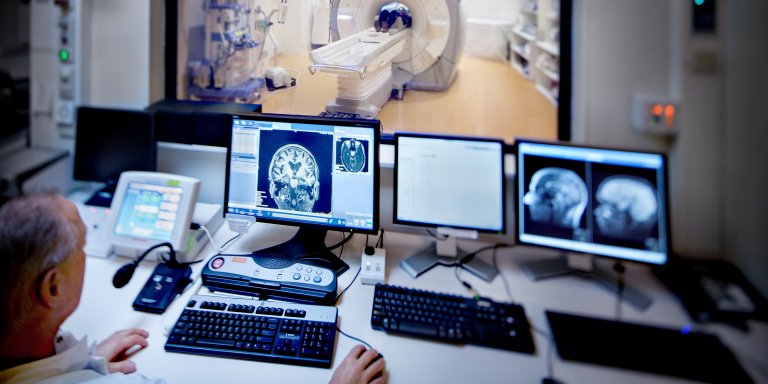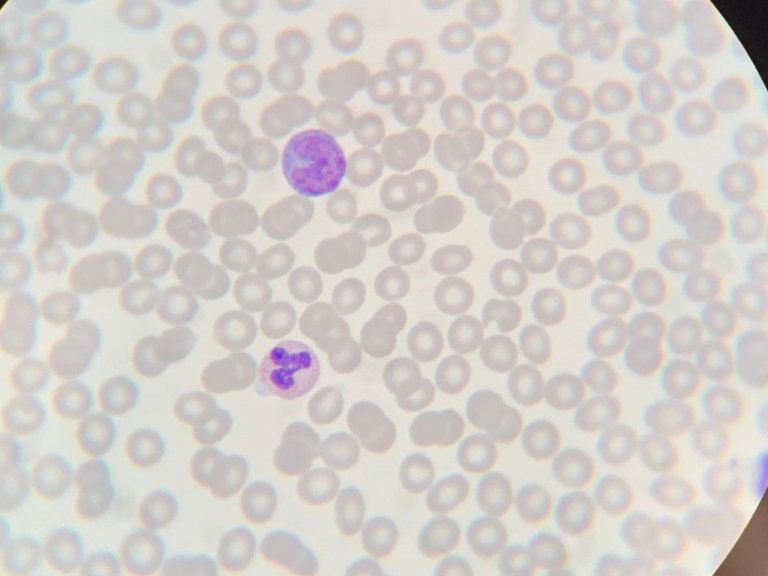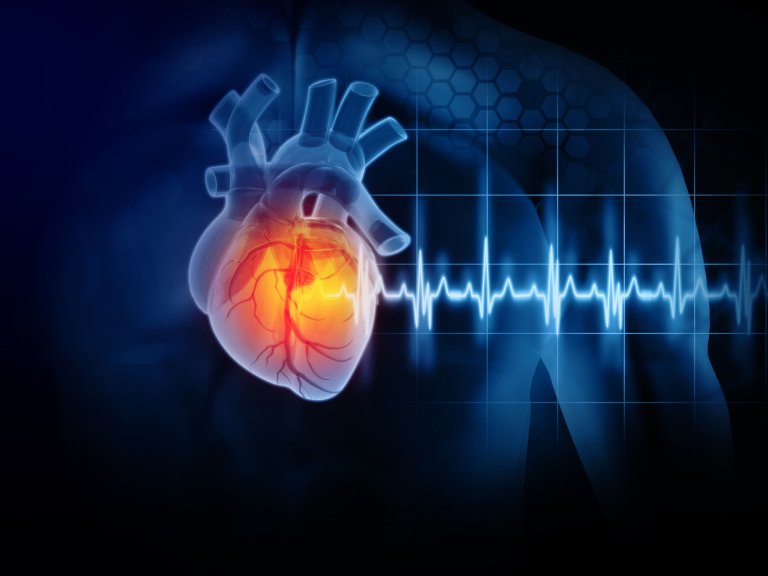Amsterdam UMC’s Imaging Center offers required technical facilities to provide a good diagnostic picture, and brings together clinical care, research and drug development under one roof. That means more benefits for both the patient and the researcher. This is a huge leap forward for patients, practitioners, and researchers.
The Imaging Center of Amsterdam UMC is the only place in the world where production, treatment, and research are brought together in one place. This is where the most advanced medical imaging techniques for healthcare and scientific research come together with the latest techniques in the field of diagnostics.
Being in one place allows us to diagnose faster and see which treatment is best,” says Guus van Dongen, professor of Medical Imaging and founder of the Imaging Center of Amsterdam UMC.
More affordable plus improved care
Because the Imaging Center hosts both medical and pharmaceutical research, the costs of drug development can be reduced. Treatments become more targeted: the
right treatment for the patient can be administered at the right time. In addition Amsterdam UMC’s Imaging Center has an important international role in drug development and cost control.
In the Imaging Center, we make the medical isotopes and tracers for other Dutch hospitals and foreign research centers in an environmentally friendly way” - founder & professor Guus Van Dongen.
“Above all, the Imaging Center is a place where we can treat patients in the best and fastest way in the most pleasant environment possible.”
Innovative research on immunotherapy effectiveness
Professor of Radiopharmaceutical medicine Bert Windhorst received a large European grant to investigate the effectiveness of immunotherapy. His research would not have been possible without the Imaging Center, where it is possible to visualize immunotherapy dynamics using non-invasive and high-end imaging techniques. Here you can read more about this project and the current state of affairs.




